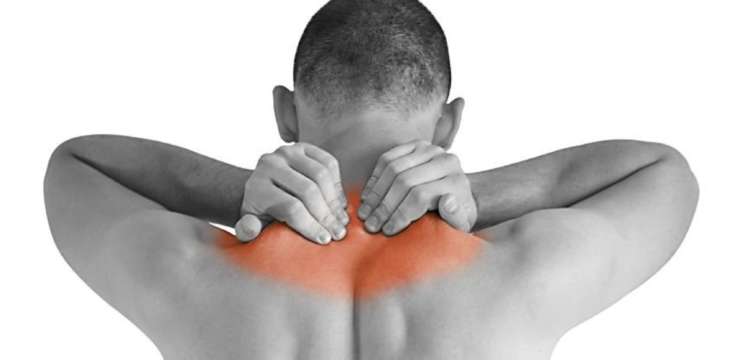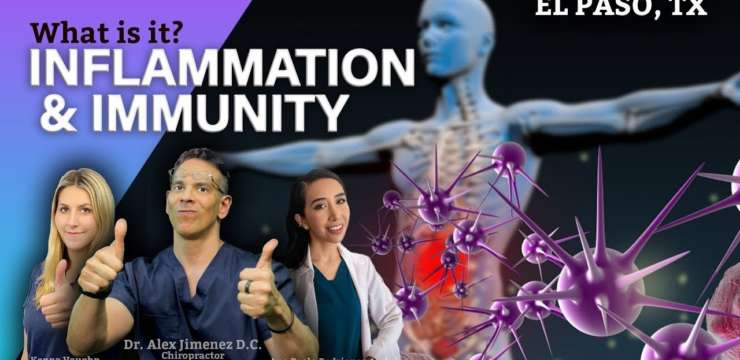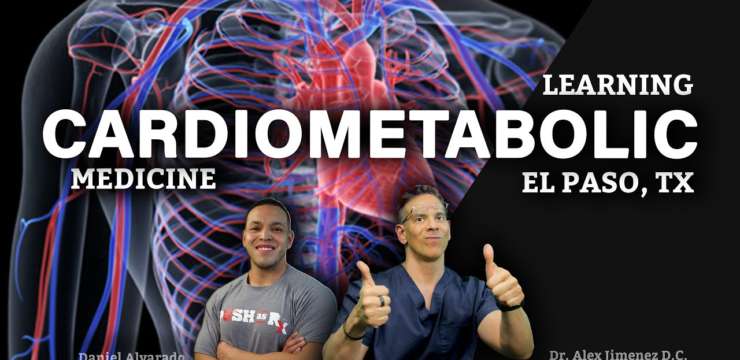Welcome to our newest functional Medicine presentation, in this episode we will talk Testosterone Deficiency in Men. An expert will help us describe testosterone deficiency,…


Welcome to our newest functional Medicine presentation, in this episode we will talk Testosterone Deficiency in Men. An expert will help us describe testosterone deficiency,…

Tennis is a sport that can be enjoyed by individuals of all ages and provides optimal physical activity and cardiovascular exercise. Although it can be leisurely,…

Welcome to the last part of our newest functional Medicine presentation brought to you by Dr. Alex Jimenez, in this episode we will talk about…

Welcome to our newest functional Medicine presentation brought to you by Dr. Alex Jimenez, in this episode we will talk about developing skills in working…

Welcome to our newest functional Medicine presentation brought to you by Dr. Alex Jimenez, in this episode we will talk about developing skills in working…

Many individuals will be looking up at the fireworks this 4th of July weekend. A word of caution when keeping the neck in one position…

Welcome to part 3 of our Functional Medicine podcasts brought to you by Dr. Alex Jimenez. In this episode an expert will be discussing with…

Welcome to the newest edition of our Functional Medicine podcasts brought to you by Dr. Alex Jimenez. In this episode an expert will be discussing…

For cervical pain, there is often more than one cause and more than one course of treatment. To begin, the first step is to perform an inspection. The inspection can let us know if there is a deformity, instability, abnormal head posture, asymmetry, torticollis, or lower limb weakness. This is a crucial first step as it sets the tone for the course of treatment. Next, we have palpitation. This is where we examine if there is tenderness or masses. The areas to check are posterior in the midline, lateral, supraclavicular, and anterior. Midline tenderness in the cervical spine can be due to whiplash injuries and indicate more neck trauma. Range of motion is performed next. To obtain a proper diagnosis, we check the cervical motion in flexion (normal range is 80 degrees), extension (normal range is 50 degrees), lateral flexion (normal range is 45 degrees), and rotation (normal range is 80 degrees). Finally, we check for sensory. Sensory include numbness, tingling, burning, and pain in the neck, back, or extremities.Â
Causes of Neck Pain
Neck pain can be caused by a variety of things, as the list is long. However, the following list is used to rule out the most severe pathology to determine the root cause of a patient’s cervical pain.Â
Injury and Accidents- hyperextension and/or hyperflexion (whiplash)Â
Degenerative Disorder (osteoarthritis, degenerative disk disease, and spinal stenosis)Â
InfectionsÂ
Inflammatory Disorder (Rheumatoid arthritis, ankylosis spondylitis)Â
Tumors / Benign TumorsÂ
Cervical FracturesÂ
Inflammatory Disorders
As we take a closer look, we notice that at the root cause of any pain or discomfort occurring in the body is inflammation. Inflammation is needed to help the body heal. However, when inflammation is occurring for too long, problems begin to arise. Excessive inflammation begins to sends the wrong signals throughout our body, and additional hormones (like cortisol, the stress hormone) begin to be released. With additional cortisol, individuals begin to have trouble sleeping, weight gain, and headaches, eventually leading to an autoimmune disorder if not properly handled in the early stages. With inflammation running the body, orthomolecular health, and phase angle decline.Â
Phase AngleÂ
The phase angle is how health care professionals can monitor the integrity of cellular membranes. If the phase angle begins to decline, it has been linked directly to a decline in overall health. Similar to if phase angle increases, overall health is increasing. The integrity of cellular membranes is essential as cell survival depends on solid membranes. When the cellular wall is weak, it can collapse. From here, it is difficult for the body to take up the proper nutrients it needs. Additionally, with a weak cellular membrane, the cell is left with little to no protection from outside invaders. Stress impacts phase angle by causing individuals to release cortisol, be under adrenal stress, gain weight and decrease their overall health.
We monitor a patient’s phase angle with the use of the InBody 770. This advanced machine allows us to not only track the phase angle of our patients but many other areas of their health as well, including but not limited to intracellular and extracellular water.Â

Eating healthy and spinal health are interconnected. Eating healthier will help to lose weight, and provide a healthier body mass index. This means more muscle…

Welcome to our podcast, in this edition we resume with our topic of melatonin featuring Dr. Alex Jimenez and Nutritionist Ana Paola RodrÃguez Arciniega discussing…

Today Dr. Alex Jimenez, Clinical Nutritionist Ana Paola Rodriguez Arciniega, and Senior Health Coach Kenna Lee Vaughn discuss the function of Chronobiotic molecule, Melatonin. Discussion:…

As part of our personalized medicine approach in our offices, we take our remote patient monitoring and virtual health software beyond the technology to provide…

Discussions: As part of our personalized medicine approach in our offices, we take our remote patient monitoring and virtual health software beyond the technology to…

We are excited you are taking positive steps to learn about health challenges affecting you and your family. There is the power in making educated…

Dr. Russell M. Jaffe, CEO and Chairman of PERQUE began planting the seeds of his vision when he first started working at the National Institutes…

Welcome to our newest Functional Medicine Episode. In this edition, Dr. Alex Jimenez and LPT Exercise Physiologist Daniel Alvarado will help us understand more about…